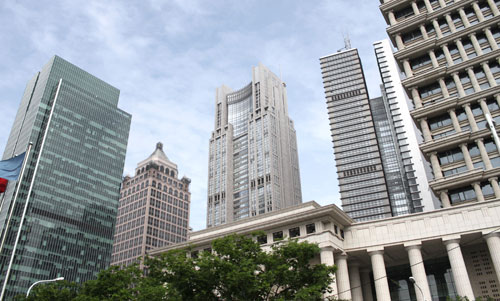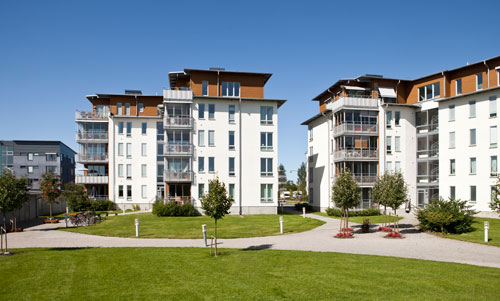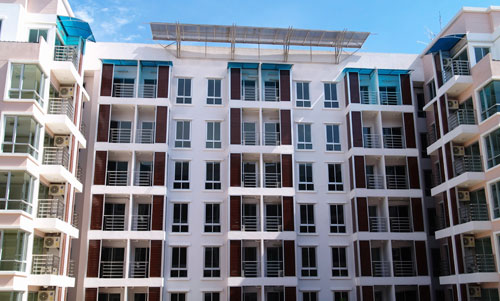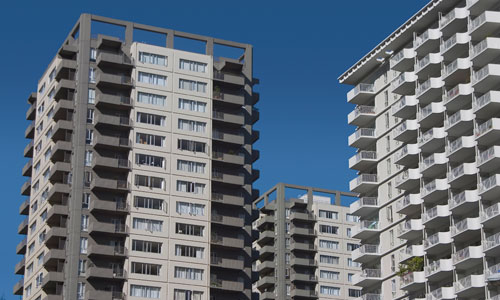
Lessons learnt and road ahead in 2012-II
In view of the adverse publicity and shaken customer confidence arising out of significant delays in delivery of projects across the states, there is a strong acceptance of this matter by top management of the developers and investors alike.









